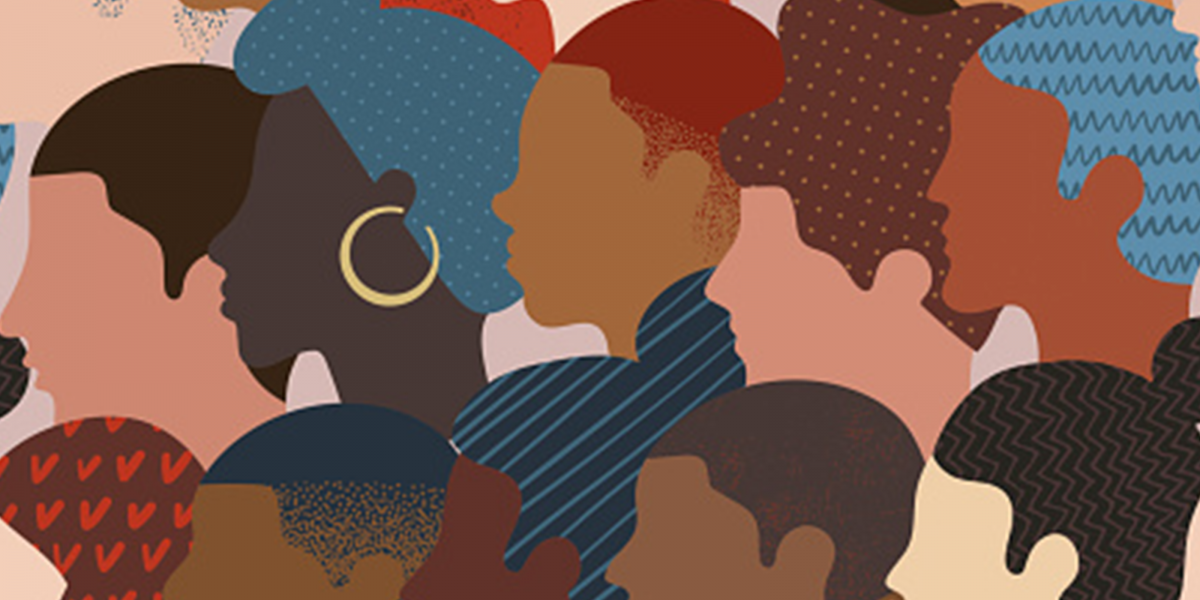The Spaces We Occupy
Making room for more diverse academic leadership at Johns Hopkins will be transformational.
In science and academia, women and people of color talk about occupying spaces that were never meant for us.
It’s true of other arenas too: In her 2013 bestselling book Lean In, Sheryl Sandberg describes going to a meeting at corporate headquarters and asking for directions to the ladies room, only to be directed to the administrative support staff facilities.
When you occupy a space in which you are not expected or from which you have long been excluded, it can be at best uncomfortable and sometimes humiliating. For example, at a reception where I was a guest speaker, I was on my way to the podium to give a talk. A lady reached up from her seat at the dinner table, grabbed my arm and asked if I would “fetch me some water, dear.” The water glasses happened to be close by, so I poured her one, and continued on to the podium.
At worst, it can even be life-threatening.
My dear colleague, Otis Brawley, MD, a Bloomberg Distinguished Professor and renowned cancer expert, was once handcuffed by police in his own backyard until he produced his driver’s license, proving to the suspicious officers that he owned the home in the affluent neighborhood.
Sandberg eventually got her boardroom-adjacent ladies room when she obtained a leadership position in her company. (For what it is worth, I hope it eventually evolved into a gender neutral restroom.)
As more women and people of color begin to occupy spaces of leadership, it is important to adjust the spaces to welcome them, rather than expecting them to accept outdated notions of what leadership looks like, whether by asking them to change their hair, or their accents, or their clothing.
I look forward to a time when our spaces in academia are filled with color, creating a rich tapestry of ideas, creativity, and academic potential.
Johns Hopkins still has many spaces that need to change.
A highly commendable report, published in the summer of 2020 and commissioned by the University’s offices of the President and the Provost, found that underrepresented minority (URM) faculty comprised barely 10% of the University’s professorial faculty—4% Hispanic and 6% Black.
This inequity is exacerbated in STEM disciplines: Eleven departments had no URM faculty at all, and of those, 10 were STEM departments.
Add gender into the mix, and the problem is even further inflamed. Add in leadership, and, well, I think the following sums it up. Last June, the School of Medicine named the incredible Namandje Bumpus, PhD, as director of the Department of Pharmacology and Molecular Sciences, making her the first Black woman to lead a department in the school’s more than 125-year history.
When I was appointed as chair of the Department of Biochemistry and Molecular Biology at the Bloomberg School in 2019—one of the School’s three STEM departments—I became the first woman and first person of color to chair the Department since the School’s founding in 1916. On the same day, my colleague, Rajiv Rimal, PhD, MA, also a person of color, became chair of the Department of Health, Behavior and Society.
It is discouraging that it has taken this long to get here. But we are here now and excited to serve, and that is the first step. We provide representation for the generations that will come after us, and extend our hands to pull them up along the way.
To that end, a group led by Bumpus brought together Sherita Golden, MD, MHS, vice president and chief diversity officer at the School of Medicine, myself, and many Hopkins leaders of color, as well as others at the University, to submit an NIH Faculty Institutional Recruitment for Sustainable Transformation (FIRST) grant, designed to recruit up to 17 basic science URM faculty to Johns Hopkins. This grant is special: It gives us the opportunity to look inward and ask how we can redesign our spaces so we can welcome these new faculty and integrate their visions and their leadership to help us grow, while we help them flourish.
This project, along with Bloomberg Philanthropies’ new $150 million initiative to fund students from Historically Black Colleges and Universities to pursue doctoral degrees in STEM programs at Hopkins, has the potential to truly transform the face of the University.
I look forward to a time when our spaces in academia are filled with color, creating a rich tapestry of ideas, creativity, and academic potential, and to being among those helping to make it a reality.
